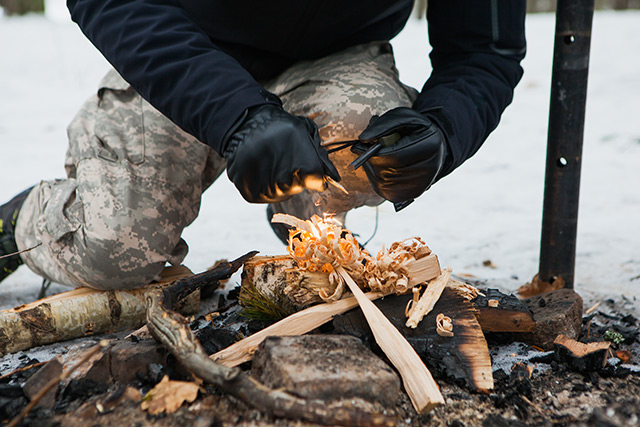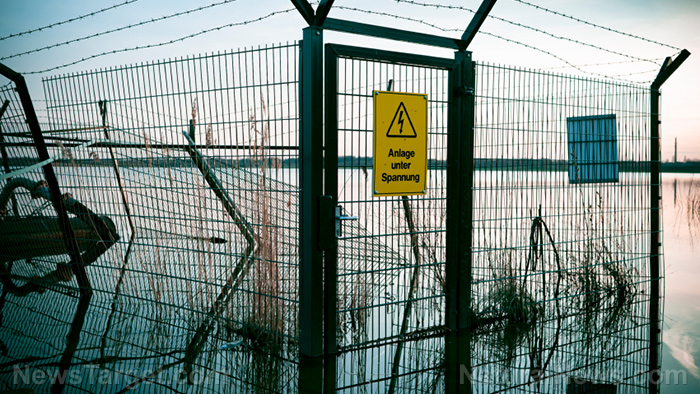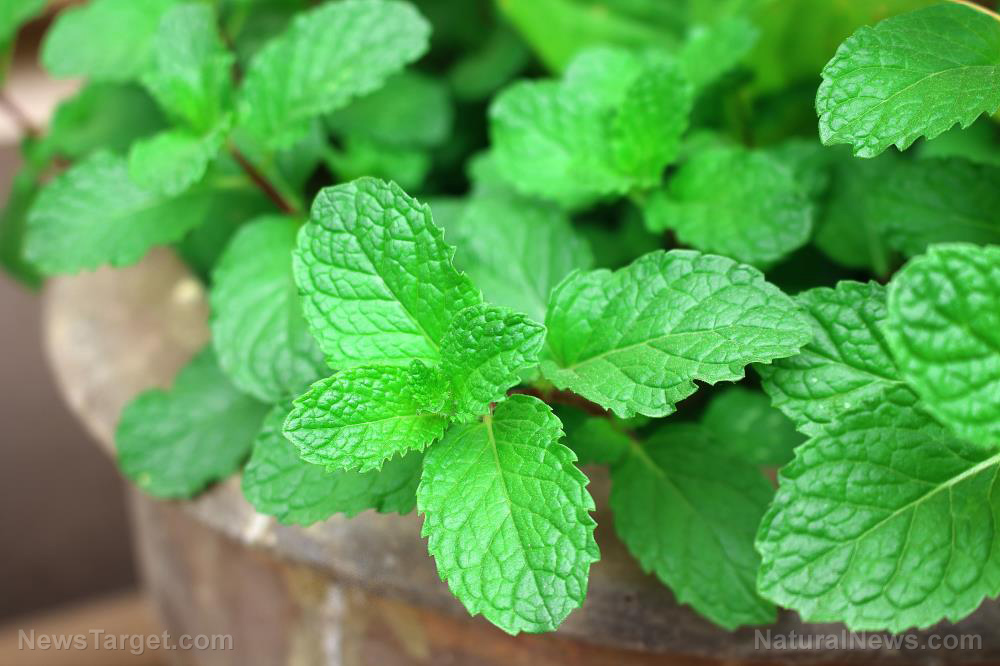How to set up a functional rainwater irrigation system
11/19/2018 / By RJ Jhonson

Considering the cost – and availability, in some areas – of water these days, making your very own rainwater irrigation system is a practical choice. Doing so will let you save and use much more water than the conventional 55-gallon tanks available in the market would allow, which you can then use for your garden or some other application in your household. But before you go about obtaining hardware, you need to take note of some pointers. (h/t to EcoWatch.com.)
Calculate your water budget
The amount of rain you gather will vary depending on your region. To arrive at an estimate of how much water you can collect on average, you can use this formula:
Roof size (in square feet) × annual rainfall (in inches) × 0.6
This means that if you live in a 20-by-30-foot house, about 40 inches of annual rainfall will collect:
(20 × 30) × 40 × 0.6 = 14,400 gallons
You can also use any of the rain tank calculators available online.
Once you have determined how much water you’ll have at your disposal, you will need to calculate how much you’ll need on average. Supposing you will be using the collected water for your garden, you can use this formula:
Area to be irrigated (in square feet) × maximum number of weeks between major summer rainstorms × 0.5
This means that if you have a 30-by-30-foot garden and about a month-long dry spell, you’ll have this equation:
(30 × 30) × 4 × 0.5 = 1,800 gallons
Size your system
The size of your system will ultimately depend on two factors: your budget and the size of space you are willing to allocate for it. The collected water is usually stored in polyethylene tanks you can purchase either from online vendors or farm supply stores. The larger the tanks, the higher the cost.
Larger tanks will take up more space and will affect the final look of your living space. Most people who want to collect a lot of water opt for 5,000-gallon tanks (roughly 10 feet in diameter and 10 feet tall), while those in urban areas usually choose 1,000-gallon tanks (about 6 feet in diameter and 6 feet tall) or smaller.
Find a location
Rain tanks are often unsightly and look out of place in any house. Because they need to be connected to your home’s downspout to collect rainwater, you have three options in how and where you can place them:
- Put the tank in a location where they can be concealed behind shrubbery, trees, or an enclosure. This works for small tanks.
- Use a small, easy-to-conceal tank to collect rainwater, which you then pump to the larger tank hidden away.
- Bury the large tank out of sight and turn it into a cistern.
If these options are not possible, you can consider other methods, such as painting the tanks to match the color of your house.
Install the tank
Before you install your tank, you need to build a base for it. Tanks that are filled with water can be too heavy for bare soil to carry. Regulations require a 6-inch concrete slab for 5,000-gallon tanks and larger. (Related: A how-to guide to harvesting rainwater.)
Once you have built the base, you need to find a way to route the water from the downspout to the tank. You can do this will the help of pipes and elbows that you can purchase at any building supply store. For horizontal sections, use a carpenter’s level to make sure that they inclined “downstream” toward the tank.
You can also install accessories to keep the water you collect clean:
- Self-cleaning filter – This accessory diverts sticks, leaves, and other debris that collect in your downspout and prevents them from entering the tank.
- Tank screen – With this accessory, you can prevent even smaller debris from washing into the tank. The screen also prevents mosquitoes and rodents from entering.
- First flush diverter – This handy accessory diverts the first bit of water from each rainfall. Said water is usually full of bacteria from animal droppings and dead critters in the gutters, as well as chemical residues, that your rain tanks are better off without.
Connect to the irrigation system
For your irrigation system, you can simply connect a hose to the valve at the bottom of the tank, but this solution works only if you’re irrigating an area that’s in a much lower elevation than the tank. If you are connecting the tanks to a sprinkler or drip irrigation system, you may need to use electric pumps to create sufficient pressure and get the water moving. In any case, it’s best to ask for a professional’s help in installing and connecting your irrigation system if you are not an expert in plumbing to ensure that everything is as functional as needed.
Improve your home garden with tips at HomeGardeningNews.com.
Sources include:
Tagged Under: home garden, home gardening, homesteading, off grid, Off Grid living, Rainwater, rainwater collection, rainwater irrigation system, rainwater tank, self-reliance, water conservation



















